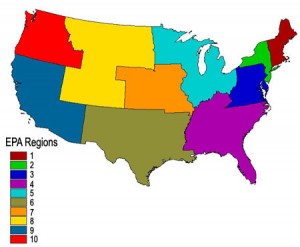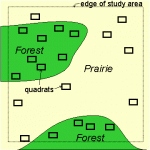Stratified Random Sampling: Definition
Stratified random sampling is used when your population is divided into strata (characteristics like male and female or education level), and you want to include the stratum when taking your sample. The stratum may be already defined (like census data) or you might make the stratum yourself to fit the purposes of your research.
Watch the video for an overview:
Stratified random sampling is very similar to random sampling. However, these samples are more difficult to create as you must have detailed information about what categories your population falls into.

How to Perform Stratified Random Sampling
To perform stratified random sampling, take a random sample from within each category or stratum. Let’s say you have a population divided into the following strata:
- Category 1: Low socioeconomic status — 39 percent
- Category 2: Middle class — 38 percent
- Category 3: Upper income — 23 percent
To get the stratified random sample, you would randomly sample the categories so that your eventual sample size has 39 percent of participants taken from category 1, 38 percent from category 2 and 23 percent from category 3. What you end up with is a mini representation of your population. According to University of California at Davis, the following steps should be taken to obtain the stratified sample:
- Name the target population.
- Name the categories (stratum) in the population.
- Figure out what sample size you need.
- List all of the cases within each stratum.
- Make a decision rule to select cases (for example, you might select the items using the largest set of random numbers).
- Assign a random number to each case.
- Sort each case by random number.
- Follow your decision rule (#5 above) to choose your participants.
Stratified random sampling for larger data sets is usually performed using statistical software. For example, click here for the procedures in SAS.
How to Get a Stratified Random Sample: Example

“Stratified” means “in layers,” so in order to get a stratified random sample you first need to make the layers. What layers you have depends on characteristics of your population. For example, if you are surveying U.S. residents about their plans for retirement, you might want your layers to represent different age groups. The sample size for each strata (layer) is proportional to the size of the layer:
Sample size of the strata = size of entire sample / population size * layer size.
How to Get a Stratified Random Sample: Steps
Sample question: You work for a small company of 1,000 people and want to find out how they are saving for retirement. Use stratified random sampling to obtain your sample.
Step 1: Decide how you want to stratify (divide up) your population. For example, people in their twenties might have different saving strategies than people in their fifties.
Step 2: Make a table representing your strata. The following table shows age groups and how many people in the population are in that strata:
| Age | Total Number of People in Strata |
| 20-29 | 160 |
| 30-39 | 220 |
| 40-49 | 240 |
| 50-59 | 200 |
| 60+ | 180 |
Step 3: Decide on your sample size. If you don’t know how to find a sample size, see: Sample size (how to find one). For this example, we’ll assume your sample size is 50.
Step 4: Use the stratified sample formula (Sample size of the strata = size of entire sample / population size * layer size) to calculate the proportion of people from each group:
| Age | Number of People in Strata | Number of People in Sample |
| 20-29 | 160 | 50/1000 * 160 = 8 |
| 30-39 | 220 | 50/1000 * 220 = 11 |
| 40-49 | 240 | 50/1000 * 240 = 12 |
| 50-59 | 200 | 50/1000 * 200 = 10 |
| 60+ | 180 | 50/1000 * 180 = 9 |
Note that all of the individual results from the stratum add up to your sample size of 50: 8 + 11 + 12 + 10 + 9 = 50
Step 5: Perform random sampling (i.e. simple random sampling) in each stratum to select your survey participants.
That’s how to get a stratified random sample!
Tip: Each element in your population should only fit into one stratum. In other words, one person cannot be in more than one group.
References
Agresti A. (1990) Categorical Data Analysis. John Wiley and Sons, New York.
Gonick, L. (1993). The Cartoon Guide to Statistics. HarperPerennial.
Vogt, W.P. (2005). Dictionary of Statistics & Methodology: A Nontechnical Guide for the Social Sciences. SAGE.
Wheelan, C. (2014). Naked Statistics. W. W. Norton & Company